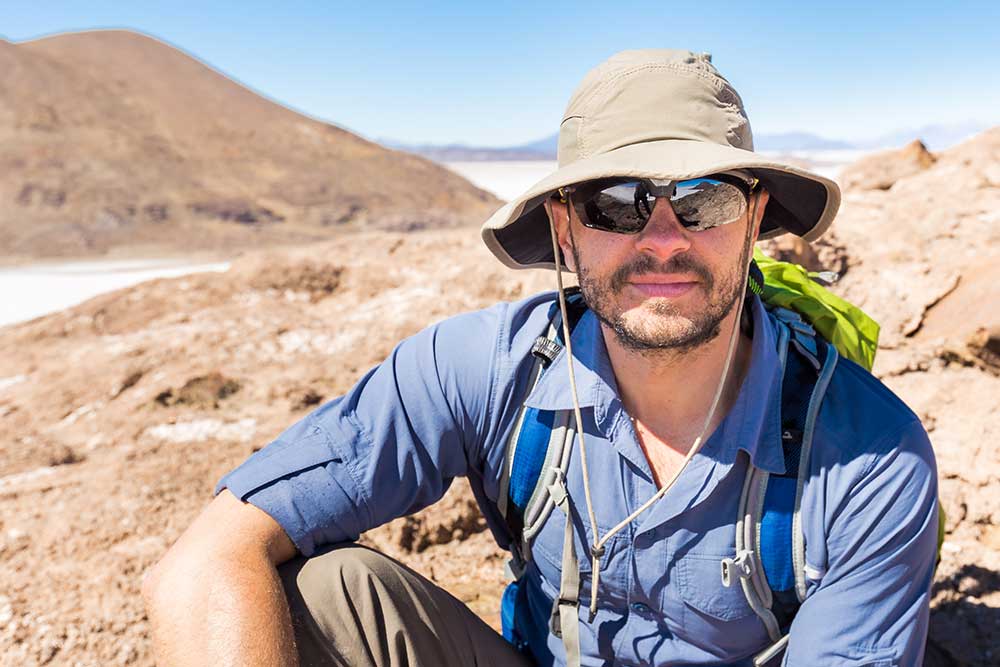All Categories
Featured
Table of Contents
Geophysical Surveys Definition & Meaning In Stock ... in Willagee Aus 2022

Other possible geophysicist majors that aren't geophysics or geoscience include: Atmospheric sciences and meteorology Chemical and physical oceanography Earth science Environmental science Hydrology and water resources science Products science By making any geophysicist degree, and by taking the needed geology courses, you need to certify for an entry-level position as a geoscientist or geophysicist.
Eventually, trainees should learn: a branch of geology that takes a look at the various aspects of minerals, including chemical composition, internal crystal structure, and physical properties. the study of rocks and the procedures and conditions that form and transform them with time. There are a few neighborhoods in this branch of geology, consisting of igneous, metamorphic, and sedimentary rocks.

This field analyzes structural rock features such as cleavage, faults, joints, and little folds. They need to likewise find out the computer abilities required to: examine data produce digital models and maps run geoscientists' software application Trainees ought to also make the most of all opportunities to get real-world experience. Hopeful geophysicists should expect to spend time learning: in the classroom in the field in laboratories Clearly, abilities taught in the class are extremely important for striving geophysicists.
Geophysical Survey - Archaeological Research in Henley Brook Aus 2022
Geoscientists spend a lot of their time outside when working in the field, so they must have "outdoor abilities" like outdoor camping and operating boats, aircraft, and other automobiles. Due to the fact that they invest so much time in remote locations, it's essential that geophysicists likewise have the physical endurance to carry needed equipment on their walkings to places of research study.
The job offers: a high mean and leading revenues a high rate of individual satisfaction amongst geophysicists low work stress positive task outlook Further info on incomes capacity and job outlook is detailed below. For students seeking to land an entry-level role as a geoscientist or geophysicist, it takes four years, or the time needed to complete a bachelor's degree in geophysics or an associated discipline.
Some research positions in geophysics require doctoral degrees. If you prepare to teach at a college or university, you should make a Ph. D. in geophysics or an associated field. The time it takes to make a Ph. D. differs by institution and program, but it typically takes 4 to 6 years beyond the bachelor's degree.
How A Geophysical Survey Is Crucial To Offshore Wind Farm ... in Perth Australia 2020
Most employers require candidates to have a bachelor's degree in geophysics or a closely related discipline for all entry-level positions. As an outcome, there's no method around the degree requirements for ending up being a geophysicist.
Presently, 31 states require licensing for geologists, although licensing is not always required, especially for entry-level work. The states that do issue licenses use the Principles of Geology Exam (FGE), which is administered through the National Association of State Boards of Geology (ASBOG). Now that you know which degree for geophysicist tasks you need, you'll need to land a job, and it's essential to discover just how much cash you can make in this career.
According to BLS, the typical yearly wage for geoscientists is $93,580. According to BLS, certain industries provide higher wages for geoscientists, and in some cases, they offer higher-than-average incomes.
Geophysical Methods in Quinns Rocks Western Australia 2023
In fact, mining, quarrying, and oil and gas extraction provides over $32,000 more yearly than the average annual wage for this profession. The federal government, too, uses over $10,000 more in incomes than the national average for geoscientists. In addition to industry type, geographical location can greatly impact incomes for this occupation.

The top-paying states and their yearly mean wages, according to the BLS, include: Texas $166,720 Oklahoma $149,630 Pennsylvania $120,590 Hawaii $120,130 Colorado $107,260 These five top-paying states provide much greater wages than the average for this occupation. In truth, wages for geoscientists in Texas are over $73,000 greater than the national average.
It must come as not a surprise that many of these high-paying locations are in Texas and Oklahoma, however some are found in California, Louisiana, and Colorado. The leading 10 highest-paying city locations for geoscientists are: Houston-The Woodlands-Sugar Land, Texas: $188,400 Tulsa, Oklahoma: $186,490 Midland, Texas: $167,040 Odessa, Texas: $147,080 Oklahoma City, Oklahoma: $145,350 Bakersfield, California: $130,080 Urban Honolulu, Hawaii: $124,470 New Orleans-Metairie, Louisiana: $121,030 Washington-Arlington-Alexandria, DC, VA, MD, WV: $120,180 Denver-Aurora-Lakewood, Colorado: $116,910 For some geoscientists and geophysicists, residing in a metro city is not as appealing as living in a smaller neighborhood.
Latest Posts
Geophysicist Jobs in North Perth Australia 2021
Geophysical Survey Definition in Warnbro Western Australia 2021
What Is Geophysics? in Carlisle Australia 2020